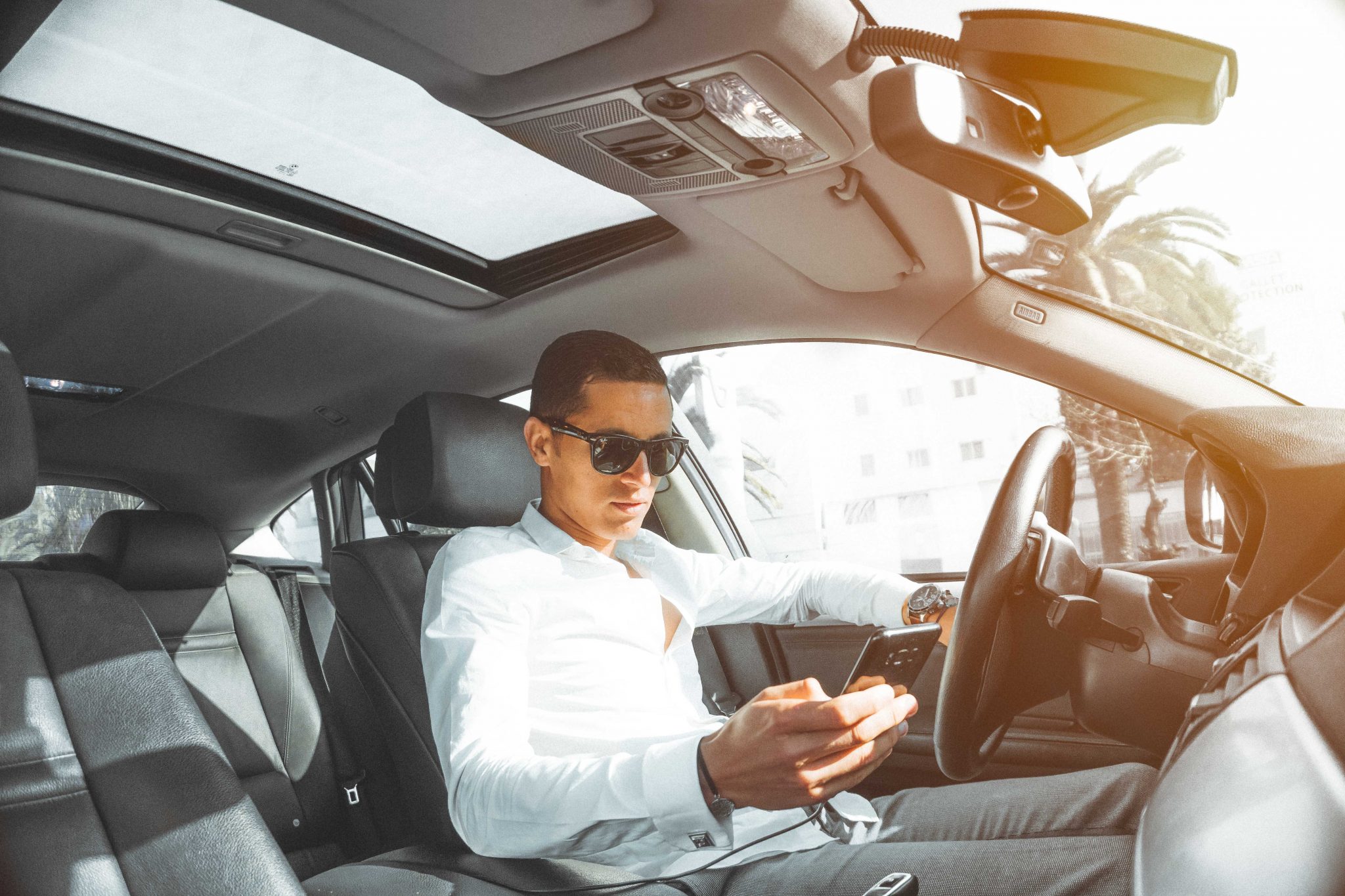Did you know that 91% of people who experience phone loss or theft took no measures to protect their personal data? While we know the dangers of having our phones stolen and what this means for our personal data, many of us choose to take none (or very few) steps to protect ourselves. It might be due to complacency or ignorance, but it is something that we should always be mindful of. Actually, 92% of U.S. adults will either lose their phones or have them stolen at least once in their lifetime alone!
So what steps can you take if this happens to you? Read below for some helpful ways to protect your personal data.
1. Stop Syncing Everything Automatically To The Cloud
Another way to increase protection is by disabling the “always allow” function on any apps or services that automatically connect to the internet. For example, Dropbox syncs your files across all devices without having to manually enter usernames and passwords time you want to access them. Rather than using these backups, use a local backup that isn’t an official extension to your phone to gain more control over your data. While classic cloud storage apps can be a super helpful feature for people who work on their laptops, desktop, and mobile devices, it also exposes sensitive data if not used carefully. When possible, opt into manual sync where it is necessary rather than automatic sync. This will also save you a lot of battery life.
2. Password-Protect Your Phone, And Other Devices
The first and foremost thing you should do is to password-protect your phone and all other devices that contain personal data. If your mobile device gets lost or stolen without a passcode, anyone can get access to your personal information and information on the apps and websites you use (especially if you’ve saved passwords). This not only includes social media sites like Facebook and Instagram but also financial institutions such as PayPal and bank accounts.
If you are an iPhone user, you have an additional option to protect your phone. If possible, set up the “Find My Device” features to track where it was last located by GPS. These features are available for iPhones running iOS 8 or higher (Settings>iCloud>Find iPhone) or Android running Lollipop 5.0 or higher (Settings>Security>Find My Device). A strong password will protect this feature from being disabled.
3. Enable A Password/PIN On Your Phone, And Other Network Connections
The same thing goes for your home network – you should always set up a password or PIN on your Wi-Fi connection to limit access to other people in your household who might be trying to use it. This goes for other connected services too, like Bluetooth, although you can manage these via Settings or through third-party apps if needed.
4. Log Off All Social Media Accounts & Apps After Use
Logging out of social media accounts after each use is another great way to protect yourself against possible hacking and identity theft, as these sites often contain personal data such as where we live and our birthdays. You should read through Facebook’s Privacy Policy and Google’s Privacy Policy to ensure that you are comfortable with the amount of data they are collecting. Also, your social media shouldn’t contain any sensitive personal information!
5. Install Password Protection And Tracking On Your Smartphone
There are many apps available that can trace your phone’s location if it is stolen by using the GPS on the device. The app will also display all contacts and photos in case you need them to help find your phone. Other apps even help you wipe all data from your phone remotely, meaning anyone who goes ahead and tries to connect to your phone will be met with a locked screen instead of personal data they can use for themselves or sell illegally online.
6. Get A Tracking Device Installed In Your Phone
Last but not least, one other option aside from an app is to install an actual tracking device on your phone. This is a physical hardware device that can be activated if needed to help you find your phone or wipe all of its data. A new Kickstarter project, Guardian, even uses an external battery pack as part of its security features – if the power gets cut (e.g., your phone gets stolen), the device will continue to work and send out signals until it finds itself again.
Although having our phones stolen may be inevitable, there are simple precautions we can take to protect ourselves from identity theft and other related dangers once it’s gone. Follow the steps above to keep your personal data to yourself. Stay safe!


